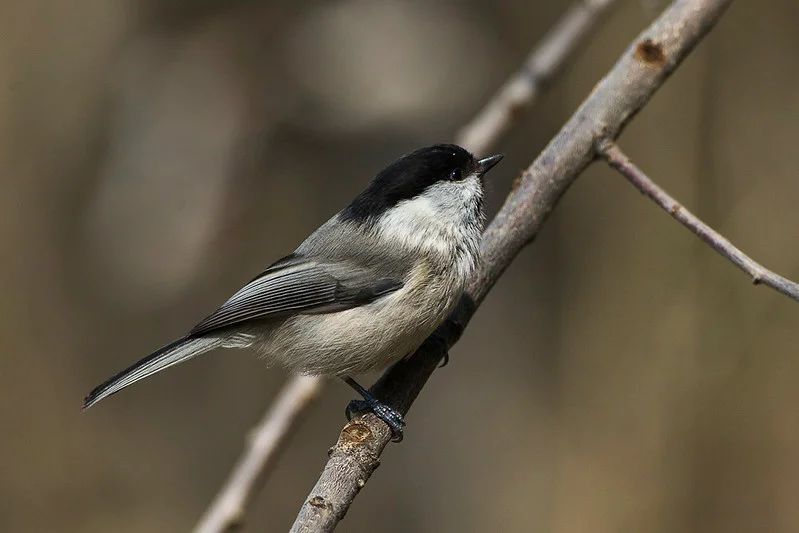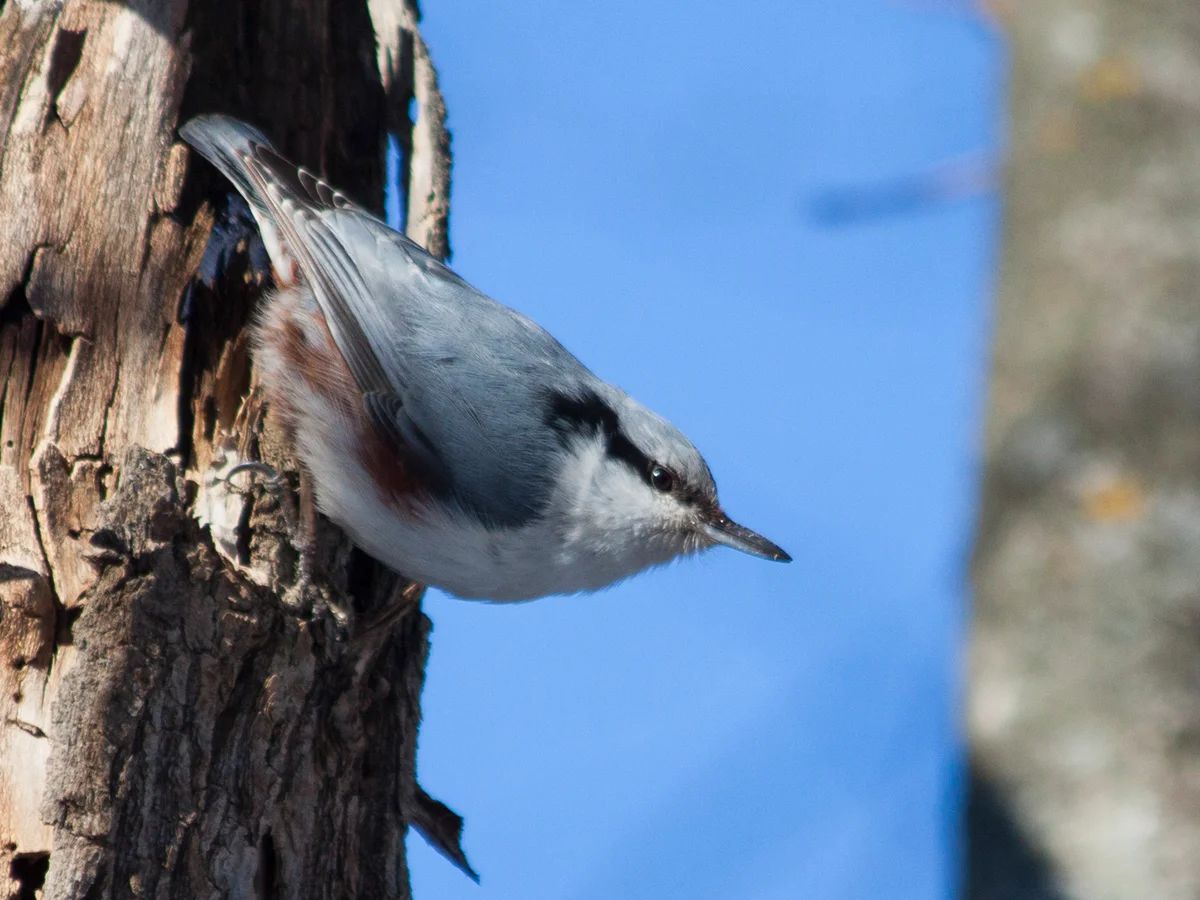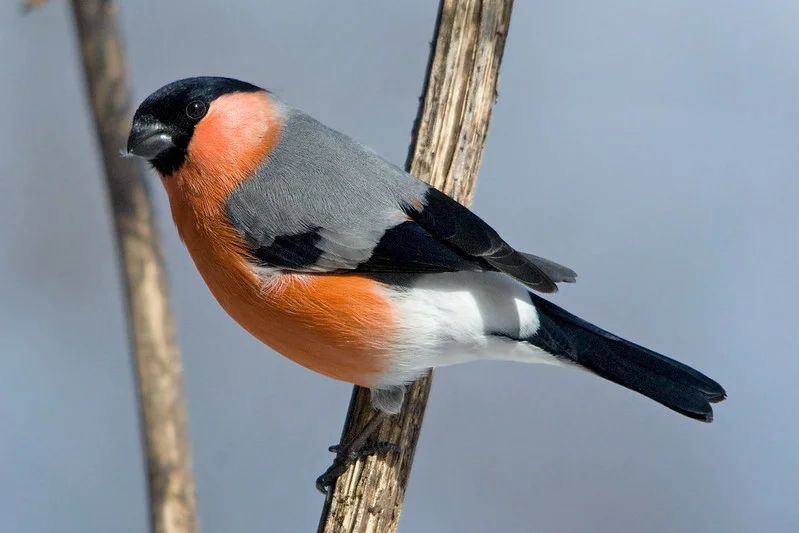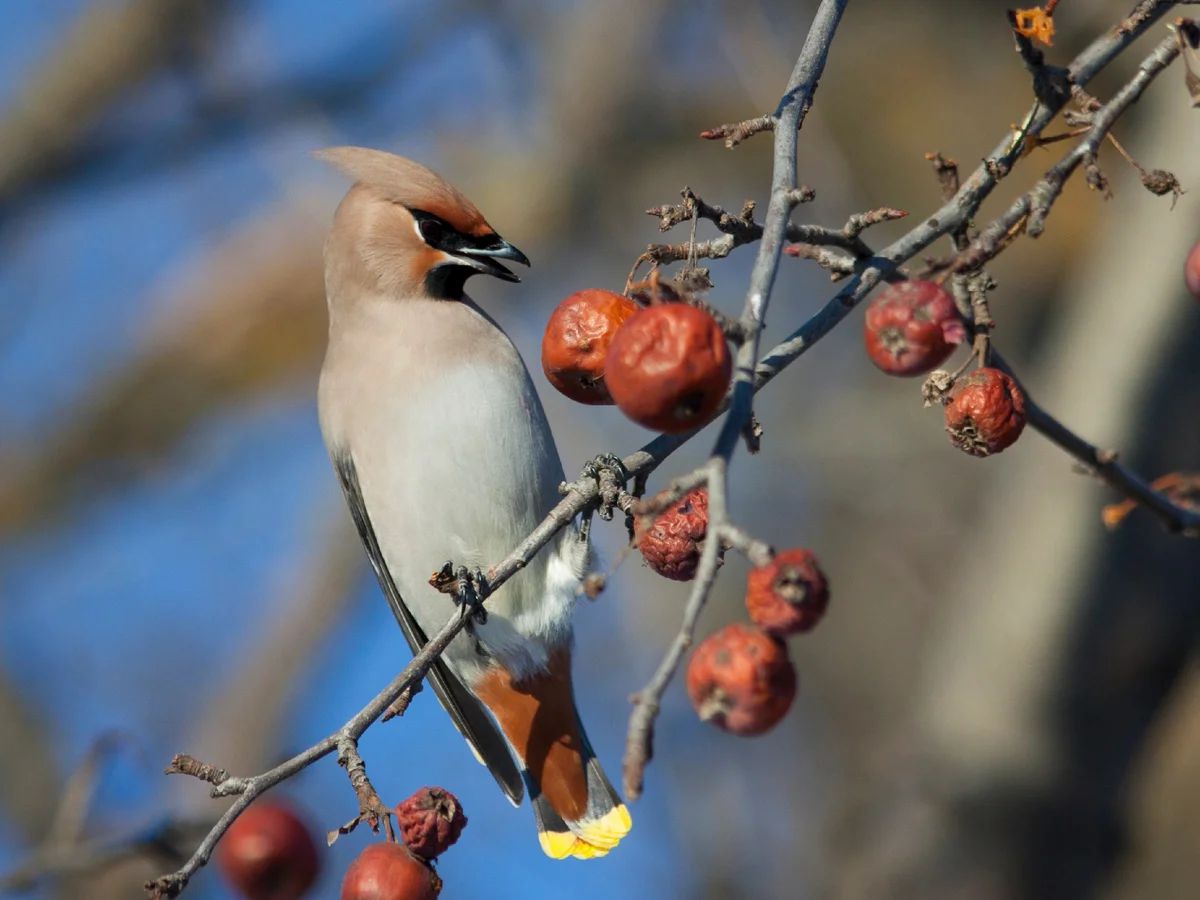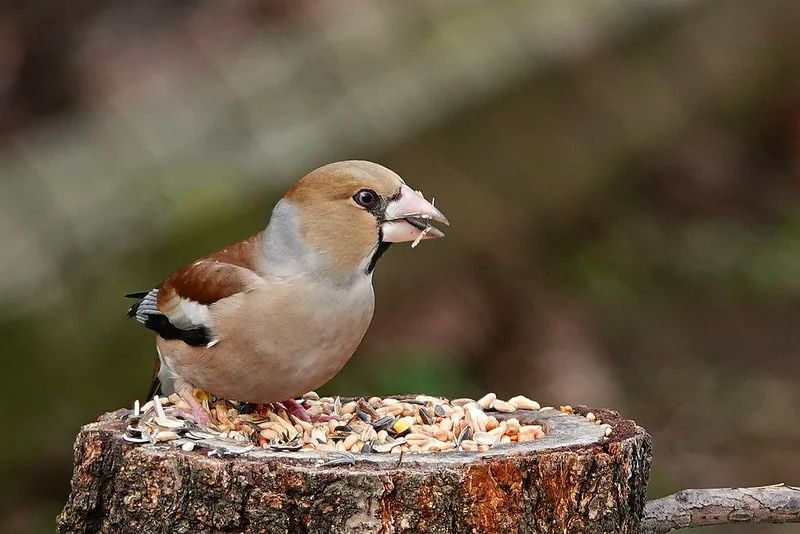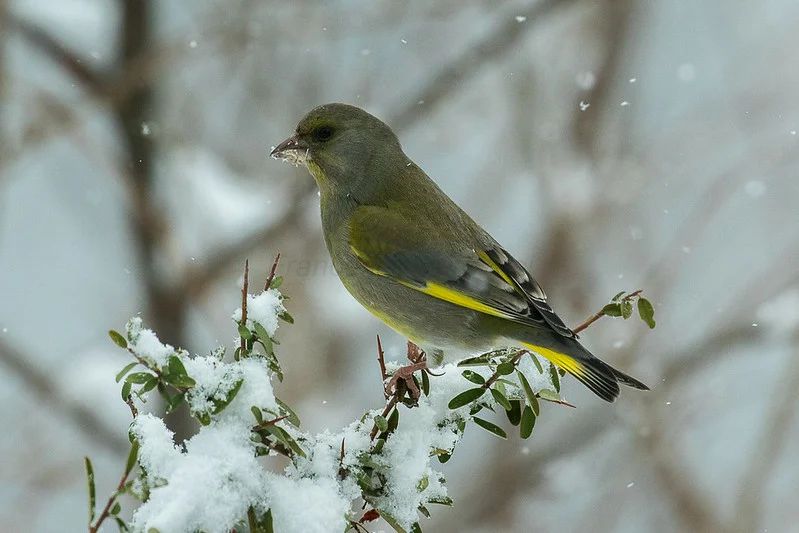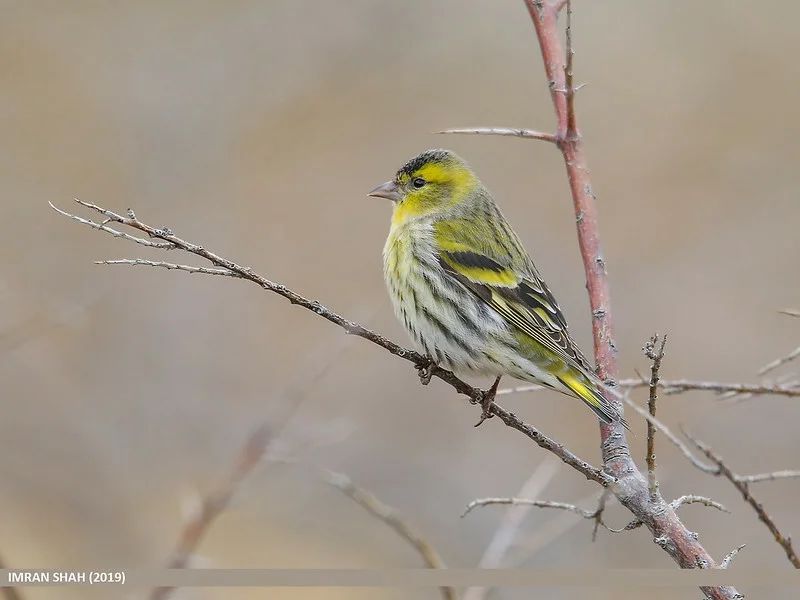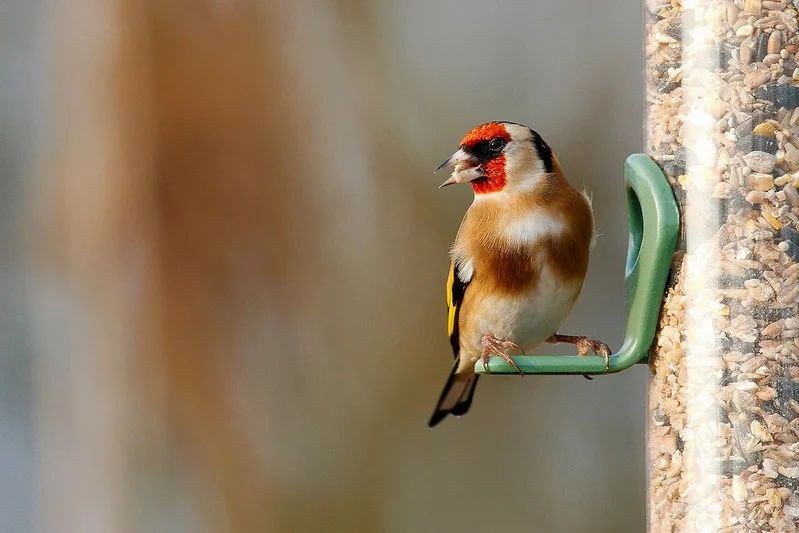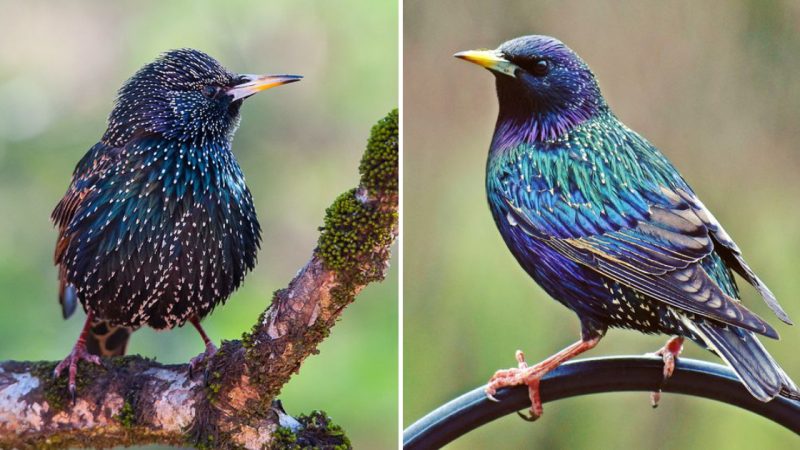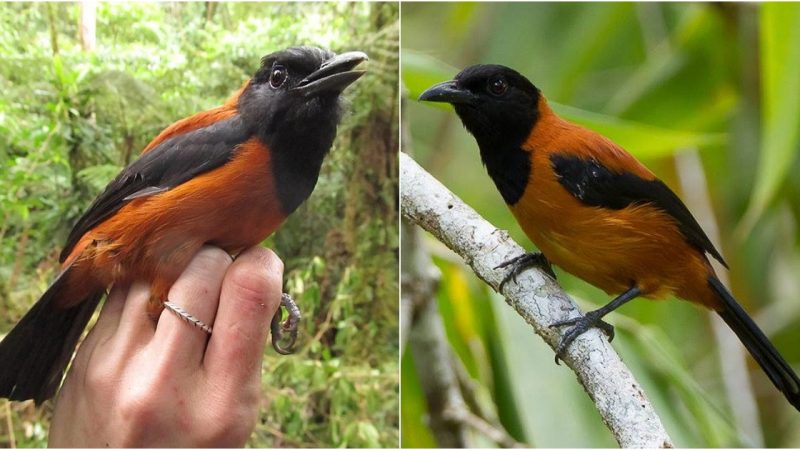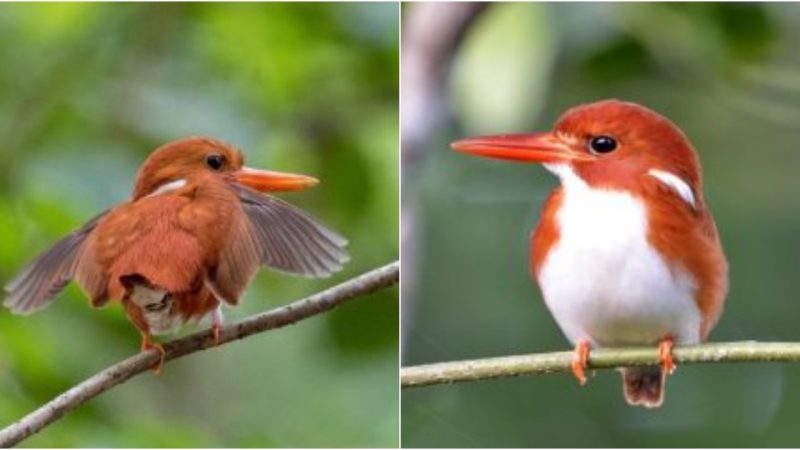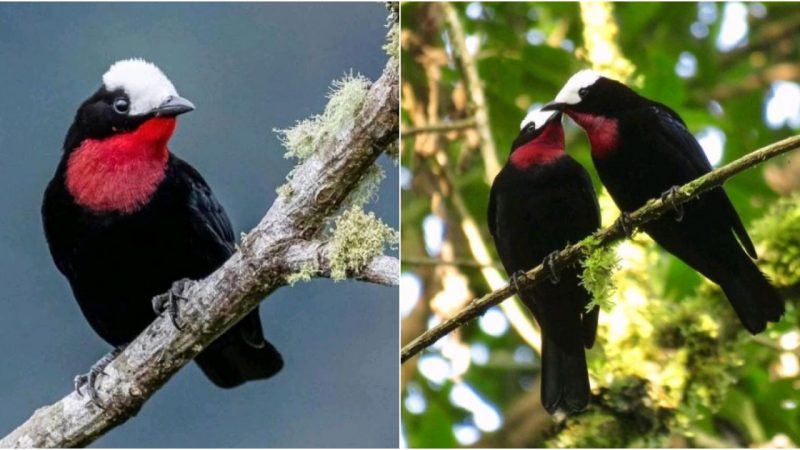Identifying the Feathered Guests: What Bird Has Arrived at the Feeder?
Today, I will list the main bird species that can be found at an average bird feeder, let’s say in a residential area of a large city. Of course, there may be other visitors at a feeder in the forest, but I hope this article will be helpful. Let’s start with the well-known great tit, just for everyone’s reference.
Great Tit
A widely recognized bird and the most common visitor to bird feeders. There is sexual dimorphism, meaning males and females have visual differences. Males have a broad black stripe that widens towards the bottom, while females have a narrower stripe that disappears downwards. As you can see, the photo at the top shows a female.
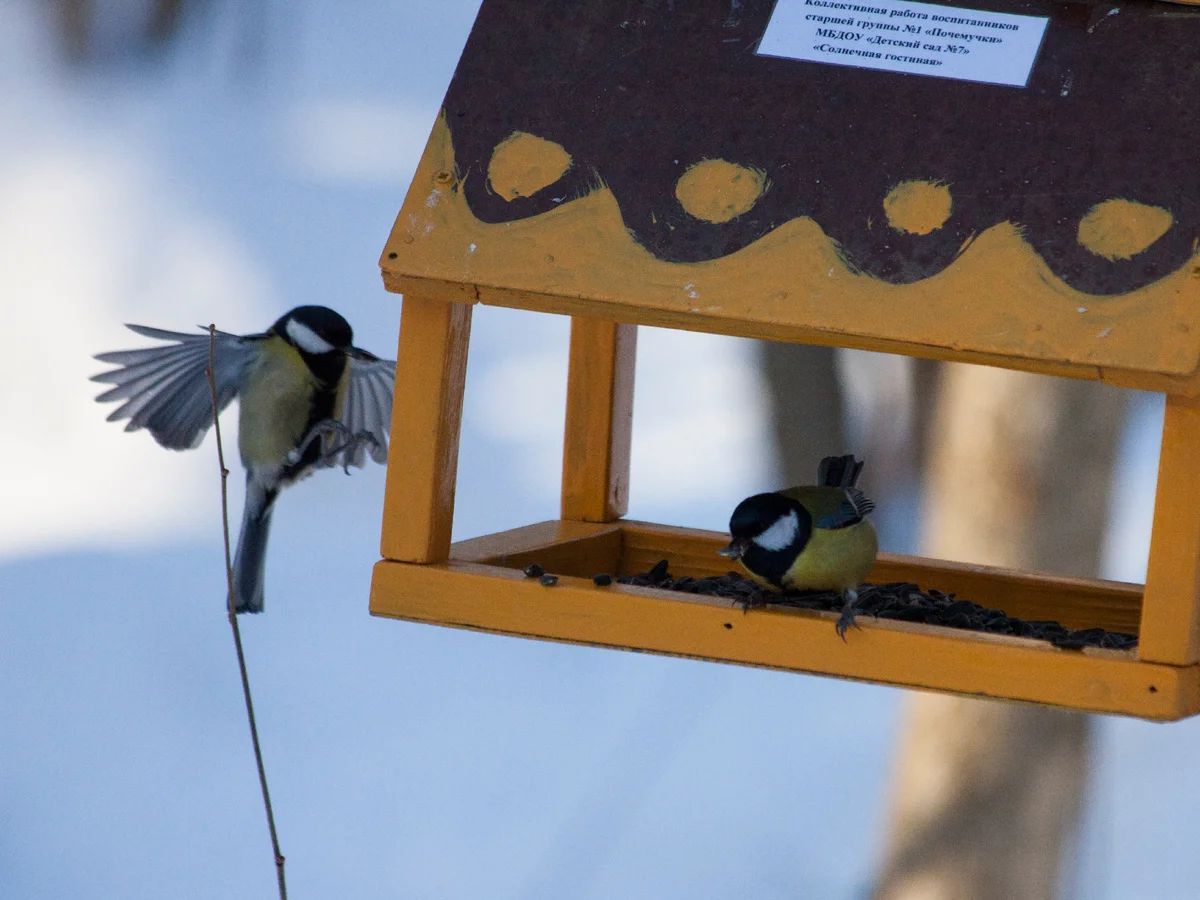
Blue Tit
The blue tit is smaller than the great tit and has a blue cap with the same blue color on its wings and tail. This bird is not as numerous as the great tit but regularly visits feeders both in cities and forests.
The next three species of tits are less common guests at city feeders. However, if there is a nearby forest or park, you may encounter these species more often. They tend to visit forest feeders.
The next three species of tits are less common guests at city feeders. However, if there is a nearby forest or park, you may encounter these species more often. They tend to visit forest feeders.
Crested Tit
It is hard to mistake this bird for any other. No one else is as adept at running down a tree trunk upside down. It has a black stripe passing through its eye, a long beak, and a short tail. Crested tits are generally less abundant and do not form flocks, but they are often seen in mixed groups with other tits. During winter, some individuals migrate from surrounding forests to cities and visit feeders.
Hawfinch
Everyone knows this bird, of course. In winter, they move from nearby forests to cities and become much more noticeable. Hawfinches feed on berries, specifically their seeds, and often visit feeders, sometimes not allowing other birds to approach.
Yellowhammer
Yellowhammers nest in the north and migrate during winter, sometimes over long distances, even to steppe regions. Unlike the previous bird, the hawfinch, yellowhammers eat the flesh of berries and fruits. On a feeder, you can offer them dried and frozen fruits and berries.
Nuthatch
This bird is unmistakable. It is the size of a house sparrow, and its beak is a powerful tool that can crack even cherry stones. It is not a common guest at feeders but is quite memorable when encountered.
Greenfinch
The greenfinch is the size of a sparrow but with a more robust build. Its beak is not as massive as the nuthatch’s but is still impressive. You can recognize a greenfinch by the yellow stripes on the edges of its wings and tail. Greenfinches at a feeder always dominate and show aggression, not allowing others to feed.
Siskin
The siskin resembles the greenfinch, but upon closer inspection, they are quite different. Siskins are noticeably smaller (smaller than a sparrow) and have a colorful plumage with yellow on their head, wings, and tail. Their beak is not as sturdy. They enjoy feeding on the seeds of coniferous trees (such as spruce or cedar) and often visit feeders.
Bullfinch
Another visitor from the north that appears in the central region only in winter. It can be recognized by the red markings on its head and yellow beak. Flocks of bullfinches, often accompanied by siskins, feed on the seeds of dried grass in fields and on the outskirts of cities. Sometimes they peck at coniferous seeds in urban areas.
Goldfinch
The goldfinch is one of our most colorful birds, resembling a mini parrot. It is slightly smaller than a sparrow. It often forms mixed flocks with bullfinches and migrates with them across fields. It also visits bird feeders.
Redwing
Redwings gather in large flocks during autumn and embark on long-distance journeys, devouring all the berries or leftover fruits they encounter along the way. They can sometimes be seen at bird feeders.
By sharing the diverse species of birds that can be observed at a feeder, we hope to enhance everyone’s appreciation for the beauty of these winged creatures.

